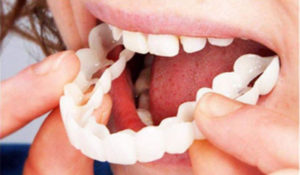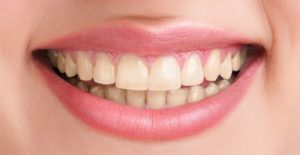Songara Dental Clinic is the best clinic in Ratlam, has a group of trained professionals specializing in the identification and treatment of wisdom tooth issues.
Wisdom teeth are the teeth at the back of the mouth which do not develop normally, due to insufficient space. Therefore, they are the last ones which develop in the mouth. In general, there are 4 wisdom teeth in a mouth. Out of this, two are at the top and the other two at the bottom.
If the wisdom teeth are impacted due to any issues caused by decaying or any damage, it also affects the surrounding teeth. It is very important to take proper hygienic precautions for the wisdom teeth, as they are hard to clean, which makes it more likely to be affected by decaying or gum disease.
The tooth which causes pain or other dental problems is usually removed without impacting the surrounding teeth and to avoid any further issues related to dental hygiene.

Symptoms
An impacted wisdom tooth may not necessarily cause the pain in the wisdom tooth, but it could affect other teeth which result in pain and dental problems. Below are symptoms that you may observe.
- Gums become swollen and they get red.
- Bleeding gums.
- Pain in the jaw portion.
- It could also cause swelling around the jawline.
- Your colleague may also complain about bad breath.
- You could also observe unwanted taste in your mouth.
- You may also experience difficulty in opening the mouth.
Causes of Wisdom tooth problems
Wisdom teeth get easily impacted as they do not have enough space to develop normally at the back of the mouth. These teeth come out, between the age of 17 and 25.
In many cases, the mouth gets crowded with other teeth for the third molar at the back to develop, which makes it trapped or stuffed causing the problems.
An impacted tooth may develop in a way that some of the crown tooth (lower portion of the tooth at) is partially visible or else it may never break through the gums.
If the tooth is partially or fully impacted, it could lead to below issues:
- It may develop an angle towards the second molar.
- It may develop an angle towards the back of the mouth.
- It may develop a right angle towards the other teeth as if the
- wisdom teeth are lying down within the jaw bone.
- It may develop straight up or down like other teeth but stay stuffed within the jawbone.
In addition to the above-detailed visibility of wisdom tooth problems, it also results in too many complications such as:
Damaging the entire mouth: With the wisdom teeth problem, it not only impacts the particular tooth, but also the surrounding teeth which could lead to critical dental problems and pain making it very difficult to talk to someone or eat food.
Cysts: The wisdom tooth starts growing in a portion (sac) within the jawbone. The sac can fill with fluid, forming a cyst that likely damages the jawbone, nerves and teeth. This could lead to the removal of tissue as well as bone.
Decay: With the wisdom tooth impacted, it causes decaying issues as these teeth are harder to clean is that they are at the back of your mouth.
Gum Disease: As the teeth get harder to clean, it causes the risk of inflammatory gum condition called pericoronitis in that area. This often creates a violent feeling due to the pain that it causes. Therefore treatment is very essential.
Retainers: Retainers are appliances that keep the teeth in the right position once the treatment is over. The retainers can be removable or fixed, depending on the issue.

Importance of Head Gear:
Along with wearing braces, it is also advised for some people to wear headgear during the evening or at night. Avoiding the headgear may cause the front teeth to come out, after the treatment.
Duration:
Depending on the teeth size and criticality of the issue it can take from a few months to 2.5 years for a complete treatment.
Will it hurt?
The initial few days may give a few discomforts; however, it settles over the period of 4 to 6 weeks once the braces are adjusted.
Eating Habits:
Sugary food and drinks should be avoided as this could damage the teeth. Further timely cleaning is required for teeth, as due to braces trapping the food.
Is this a permanent treatment?
Even after using the retainers, there may be minor tooth movements to happen throughout the life, so there is no permanent guarantee; however, it is unusual to change the shape enough to need more treatment in future.

